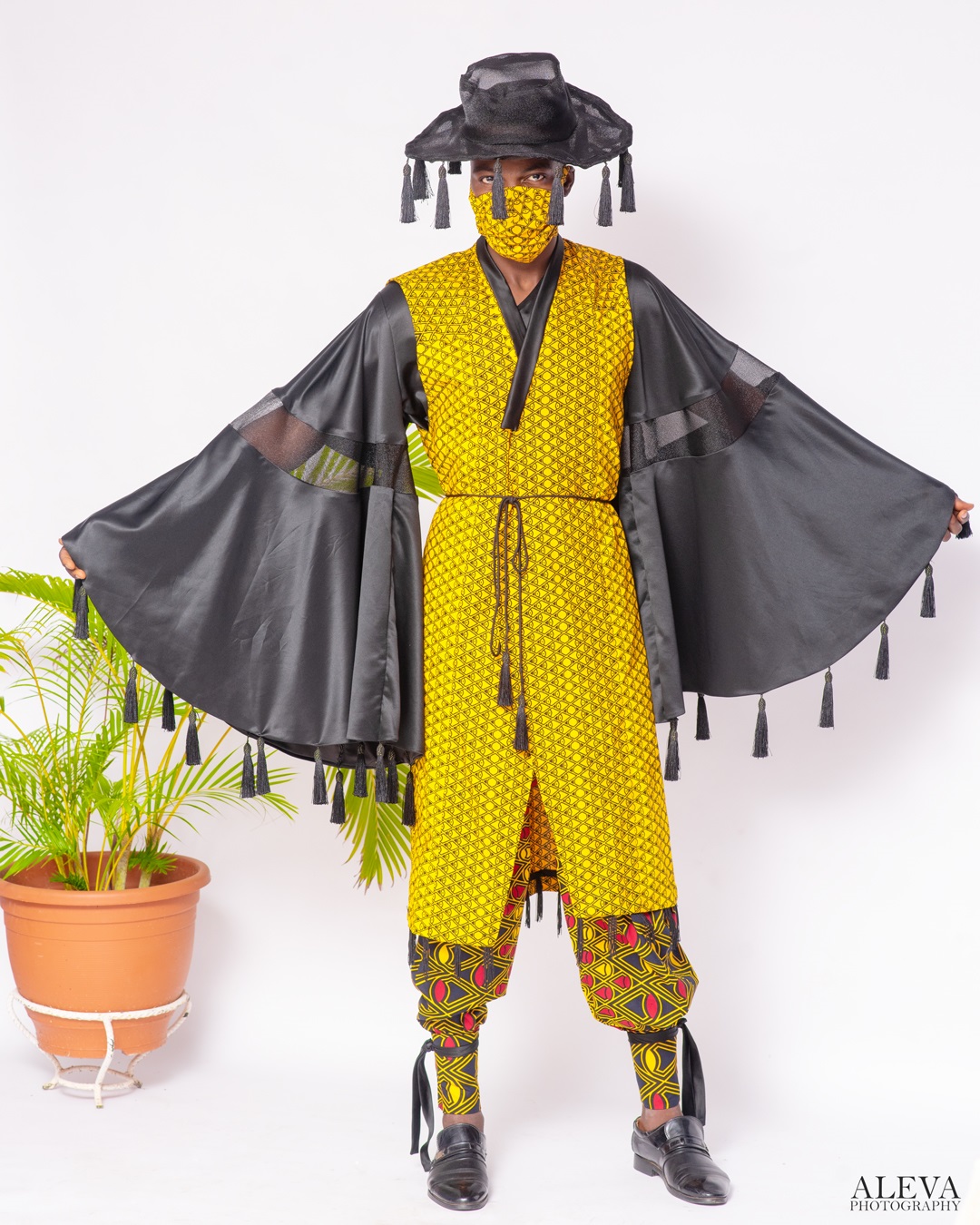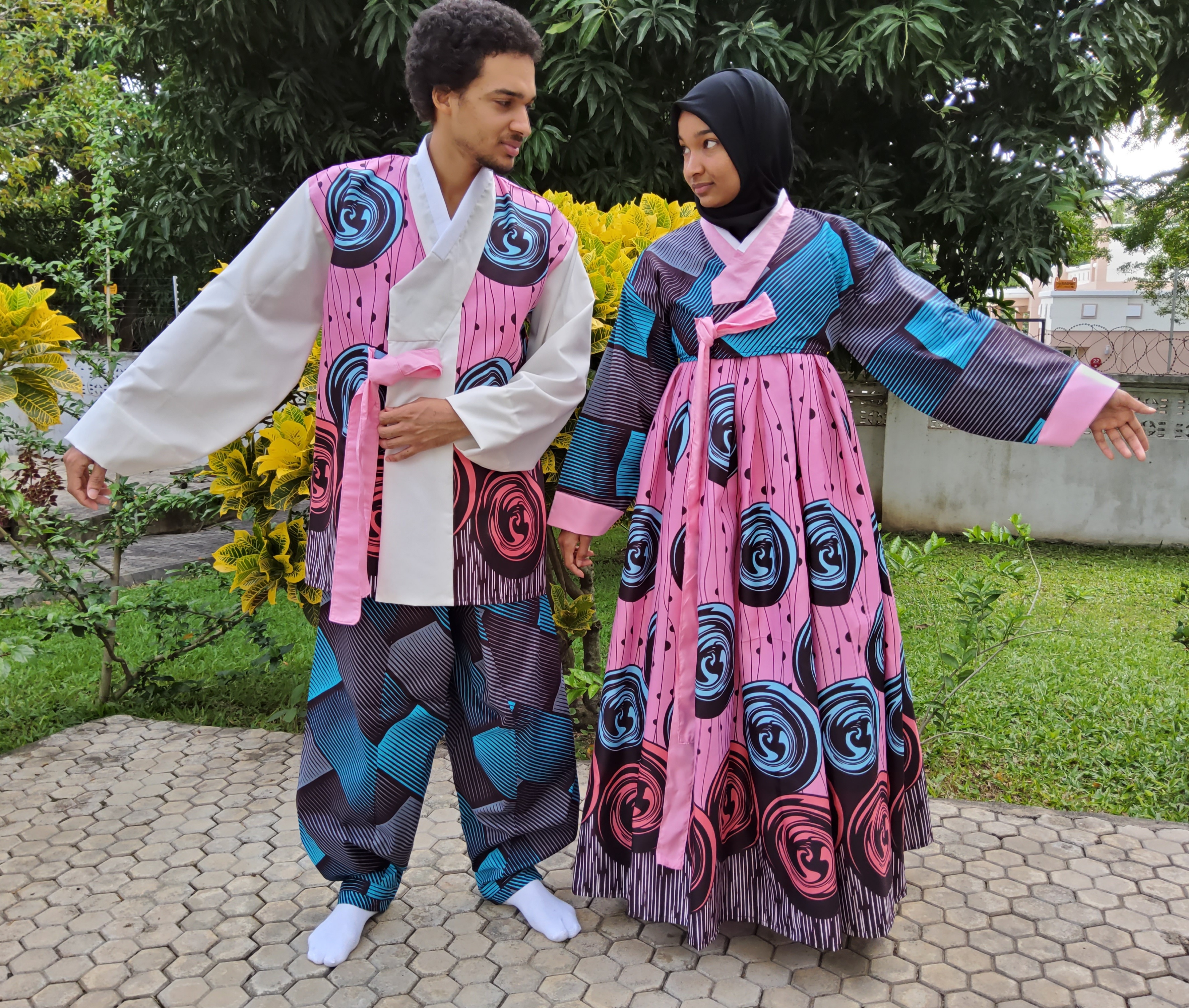- 한국어
- English
- 日本語
- 中文
- العربية
- Español
- Français
- Deutsch
- Pусский
- Tiếng Việt
- Indonesian
By Honorary Reporter Jennifer Ezeonyeasi from Nigeria
Photo= Korean Cultural Center (KCC) in Nigeria
Due to COVID-19, contestants had to submit photos of their designs after sewing via email for the selection of finalists instead of attending a fashion show at the KCC. Nigerian designers left no stone unturned in showing their beautiful creations.
The winners were announced on July 15 through the KCC's website and social media platforms. In a congratulatory speech, KCC Director Lee Jin-su said the judges had a difficult time selecting the winners because of so many beautiful designs by the Nigerian contestants.


The Hanbok design of grand prize winner Asev Sildek Dekosun
The grand prize winner, Asev Sildek Dekosun, said his inspiration for his winning Ankara design "Man in Motion" came from the clothes of the yangban (aristocrat) during Korea's Joseon Dynasty, with the long sleeves and the sides with slits creating a fluttering effect in motion. He said he picked this era because of the great change in Hanbok during the late 19th century.

The Hanbok design of the second prize winner Natacha Umar
Runner-up Natacha Umar said she knew immediately after first seeing Hanbok that its voluminous skirts and graceful jackets were perfect for showing off Ankara patterns with big designs. Nigeria has a tradition of couples dressing alike on special occasions called Anko, and she said she wanted to create an Anko design with Hanbok.

The Hanbok design of the third prize winner Owocho-Daniel Comfort
Third-prize winner Owocho-Daniel Comfort said, "I wanted my attire to represent royalty. A peacock is one of Africa's most luxurious birds, and I imagined the grace with which the peacock carried itself. So I put it in my designs as I purchased my fabric. The floral patterns represent royalty in the Korean Hanbok and the maturity of a woman in African clothes, and this is also seen in my fabrics as well as the applique used in the front of my chima (skirt). I also incorporated the green on my chima to show my Nigerian side as seen on our national flag."
Later this year, the KCC will hold an exhibition of the 10 best designs from the contest and their designers' profiles.
chaey0726@korea.kr
*This article is written by a Korea.net Honorary Reporter. Our group of Honorary Reporters are from all around the world, and they share with Korea.net their love and passion for all things Korean.